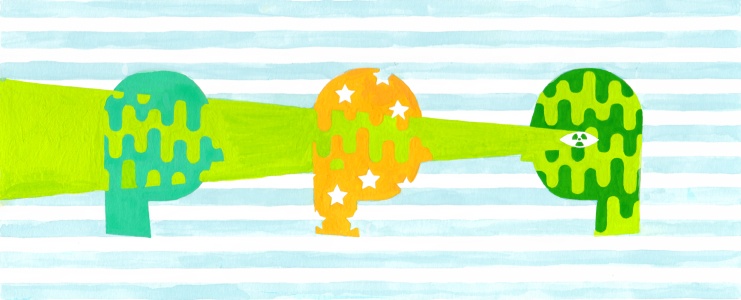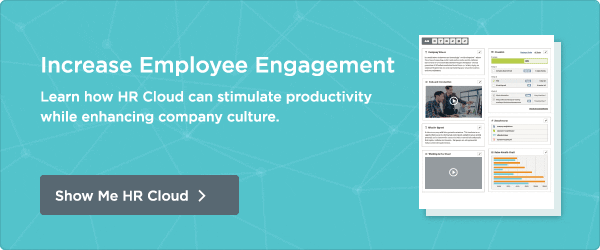Let Us Help You Engage Your Employees!
Onboard New Hires Safely, Efficiently, and Effectively.
Are You Interested in Improving Your HR Organization?
Conventional wisdom holds that finding a productive employee is the Holy Grail for HR professionals. However, a recent Harvard Business School study turns that notion on its head.
While it is still important to look at a potential hire's probable productivity, the study reveals that a surprising relationship exists between toxicity and productivity.
Defining the Terms
Examining over 50,000 workers employed across 11 different firms, the study looks at the relationship between average workers, toxic workers, and superstar workers.
Average workers are defined as those employees who perform their job functions in an acceptable, predictable manner. They meet established goals, generally get along well with co-workers, and make solid contributions to the overall company culture.
Superstar workers are defined as workers in the top one percent of productivity. Superstar workers produce much more than the average worker. While a firm may have to increase compensation to a superstar, the net effect of a superstar on an organization is still positive because superstars are incredibly productive.
Toxic workers are defined as workers who engage in behaviors that are harmful to the organization, including its property and its people. Their misconduct leads to major organizational cost, including such things as customer loss, higher employee turnover, and loss of employee morale.
Myth versus Reality
With those definitions in mind, it may be tempting to think that toxic workers are, by definition, unproductive. Surprisingly, however, the study reveals that toxic workers are often much more productive than average workers. How is this possible?
There are some commonalities among toxic workers that contribute to their overall productivity. Here are a couple:
- Toxic workers typically overestimate their own abilities. When workers believe that they can accomplish things above the standards as set forth in their job descriptions, the power of that belief often leads them to excel.
- Toxic workers are self-regarding. More selfish than the average worker, toxic workers believe themselves to be of more value than their co-workers. This inflated sense of self-worth engenders in them a will to outshine their co-workers but also inhibits their ability to consider others in their decision-making processes.
Why Your Most Productive Workers May Be Costing You Big Bucks
While these traits can spur a toxic worker to be one of your most productive employees, research indicates that the increased productivity does not outweigh the negative effects of toxicity in your workforce.
TWEET: Why your most productive workers may be costing you big bucks
Michelle K Duffy, a professor at the Carlson School of Management, University of Minnesota, refers to toxic workers as "hurricane workers" because of their destructive impact on organizational performance. She notes: "Even if they are star performers ... they can be quite damaging to the bottom line through lost work hours, people avoiding the hurricane, talking about the hurricane, being worried about dealing with the hurricane, witnessing others harmed by the hurricane and so forth."
The Harvard study agrees with that assessment, finding that avoiding hiring a toxic worker saves companies around $12,500, on average. Since hiring a superstar employee only saves about $5,300 for the company, it seems clear that toxic workers wreak more havoc than superstar workers can counteract. This means that weeding out potential toxic job candidates is ultimately more cost-effective than finding superstar workers.
What It All Means for HR Professionals
The good news is that research like this can inform your hiring decisions and help you manage toxic workers that are already a part of your organization. How so? Here are some key takeaways:
1. Screen potential applicants for such traits as overconfidence and a propensity for self-regarding to reduce the chance of hiring toxic individuals.
2. Identify employees who do not have appropriate values regarding compliance issues, legal standards, and company policy, even if these employees are outwardly productive.
3. Consider both productivity and the probability of toxicity when evaluating potential hires. Weight toxicity factors heavily in the decision-making process rather than focusing primary attention on productivity.
4. Consider the overall impact of an employee hire on company culture.
Additionally, give careful consideration to the onboarding process, and the placement of a new hire in the company talent pool.
5. Remember that toxicity breeds toxicity. Maintain a close watch on team dynamics to address potential toxic situations before they become major disruptions to your business processes.
Keep Reading
Workforce Management through Tech-Based Tools: Streamlining Construction and Roofing Operations
As industries evolve, adopting innovative approaches to workforce management is essential
Skills vs Abilities in the Workplace
Modern-day workplaces are facing many challenges that were not foreseeable a few years







